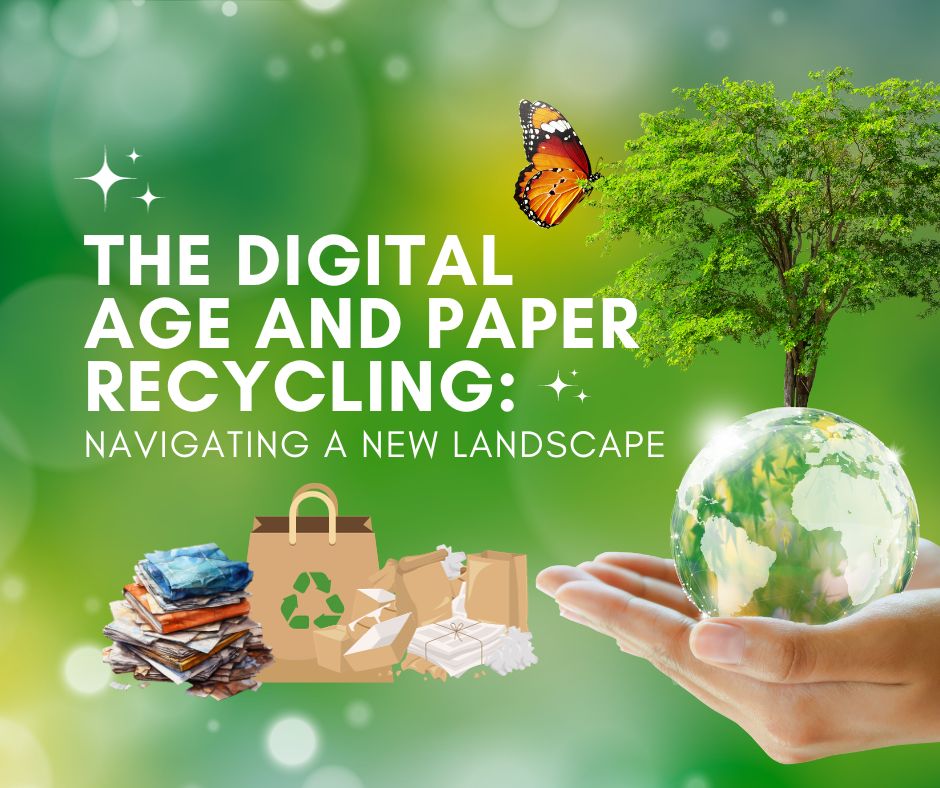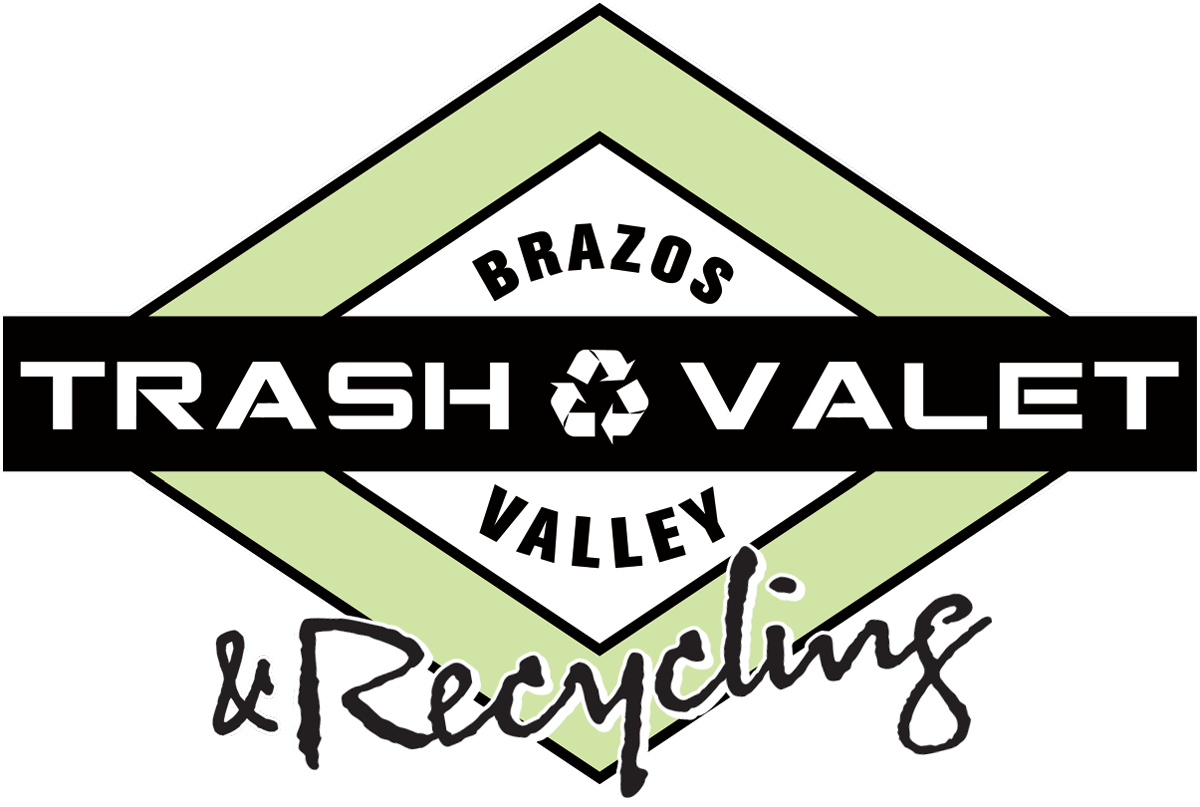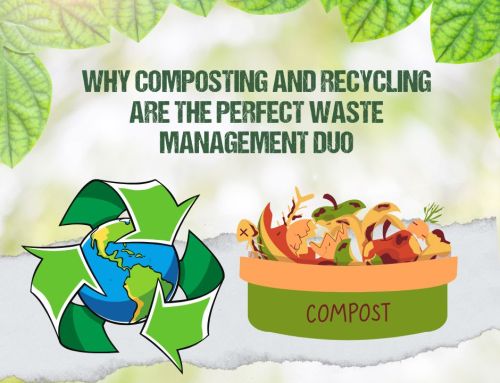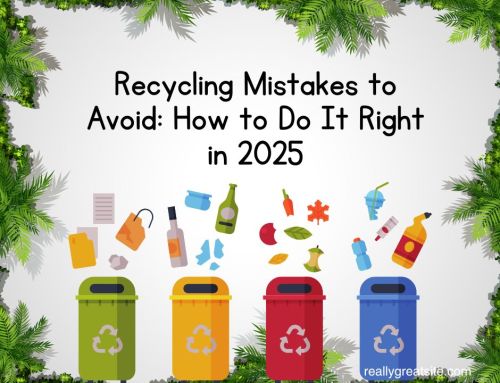The Digital Age and Paper Recycling: Navigating a New Landscape
In the not-so-distant past, paper was king. From newspapers to magazines, office memos to love letters, our lives were inked on its surface. But in today’s digital age, where screens have replaced sheets and email has taken over the mailbox, the paper industry is facing challenges like never before. Let’s dive into how the digital age is affecting paper recycling and what it means for our environment.
The Rise of Digital Domains
With the advent of the internet, smartphones, and e-readers, our consumption of digital content has skyrocketed. Who needs a bulky encyclopedia set when you can Google anything? Your favorite books, once lined up on shelves, now reside on a tablet. And that daily newspaper? It’s been replaced by news apps and online subscriptions.

Paper Production in Decline
As our screens become our primary source of information and entertainment, the demand for traditional paper products has waned. Newspapers, magazines, and office paper have seen a decline in production. In response, paper mills are producing less paper, which, in turn, affects the paper recycling industry.
Challenges for Paper Recycling
The digital age has posed several challenges for paper recycling:
- Less Paper to Recycle: With less paper being produced, there’s simply less material available for recycling.
- Quality Over Quantity: The paper that is produced often consists of higher-quality fibers, making it less suitable for recycling into lower-grade products like cardboard or newsprint.
- Contamination Concerns: As more digital natives enter the workforce, they may be less aware of proper paper recycling practices, leading to increased contamination of paper recyclables.
The Environmental Impact
It’s not all doom and gloom, though. The digital age has a silver lining. Less paper production means fewer trees are being harvested. Paper production has historically been a resource-intensive process, requiring vast amounts of water and energy. Reducing this production can lead to lower environmental impacts.
Adapting to the Times
To navigate these digital waters, the paper industry is adapting. They’re investing in technology to improve the efficiency of their processes and reduce their environmental footprint. Many mills are focusing on producing high-quality paper for specialized purposes like packaging or high-end printing.
The Role of Recycling
Recycling paper remains essential, even in the digital age. Recycling helps offset the decline in paper production and reduces the need for virgin resources. It’s an eco-friendly way to extend the life cycle of paper products.
What You Can Do
So, what can you do to support paper recycling in the digital age?
- Recycle Properly: Be sure to recycle paper products correctly, separating them from other recyclables and keeping them clean.
- Reduce Paper Use: Embrace digital communication and reduce your paper consumption.
- Support Sustainable Practices: Choose paper products made from sustainable sources, like certified forests.
In conclusion, the digital age is reshaping our relationship with paper. While it presents challenges for the paper industry, it also offers environmental benefits by reducing paper production’s resource demands. Paper recycling remains a vital component of this evolving landscape, and our efforts to recycle responsibly can help bridge the gap between the digital and paper worlds, creating a more sustainable future. You can do your part by putting your all of your recyclables in a clear bag and placing them in your maroon bin for pick-up, and we’ll handle the rest.
Share This Story, Choose Your Platform!
The Digital Age and Paper Recycling: Navigating a New Landscape
In the not-so-distant past, paper was king. From newspapers to magazines, office memos to love letters, our lives were inked on its surface. But in today’s digital age, where screens have replaced sheets and email has taken over the mailbox, the paper industry is facing challenges like never before. Let’s dive into how the digital age is affecting paper recycling and what it means for our environment.
The Rise of Digital Domains
With the advent of the internet, smartphones, and e-readers, our consumption of digital content has skyrocketed. Who needs a bulky encyclopedia set when you can Google anything? Your favorite books, once lined up on shelves, now reside on a tablet. And that daily newspaper? It’s been replaced by news apps and online subscriptions.

Paper Production in Decline
As our screens become our primary source of information and entertainment, the demand for traditional paper products has waned. Newspapers, magazines, and office paper have seen a decline in production. In response, paper mills are producing less paper, which, in turn, affects the paper recycling industry.
Challenges for Paper Recycling
The digital age has posed several challenges for paper recycling:
- Less Paper to Recycle: With less paper being produced, there’s simply less material available for recycling.
- Quality Over Quantity: The paper that is produced often consists of higher-quality fibers, making it less suitable for recycling into lower-grade products like cardboard or newsprint.
- Contamination Concerns: As more digital natives enter the workforce, they may be less aware of proper paper recycling practices, leading to increased contamination of paper recyclables.
The Environmental Impact
It’s not all doom and gloom, though. The digital age has a silver lining. Less paper production means fewer trees are being harvested. Paper production has historically been a resource-intensive process, requiring vast amounts of water and energy. Reducing this production can lead to lower environmental impacts.
Adapting to the Times
To navigate these digital waters, the paper industry is adapting. They’re investing in technology to improve the efficiency of their processes and reduce their environmental footprint. Many mills are focusing on producing high-quality paper for specialized purposes like packaging or high-end printing.
The Role of Recycling
Recycling paper remains essential, even in the digital age. Recycling helps offset the decline in paper production and reduces the need for virgin resources. It’s an eco-friendly way to extend the life cycle of paper products.
What You Can Do
So, what can you do to support paper recycling in the digital age?
- Recycle Properly: Be sure to recycle paper products correctly, separating them from other recyclables and keeping them clean.
- Reduce Paper Use: Embrace digital communication and reduce your paper consumption.
- Support Sustainable Practices: Choose paper products made from sustainable sources, like certified forests.
In conclusion, the digital age is reshaping our relationship with paper. While it presents challenges for the paper industry, it also offers environmental benefits by reducing paper production’s resource demands. Paper recycling remains a vital component of this evolving landscape, and our efforts to recycle responsibly can help bridge the gap between the digital and paper worlds, creating a more sustainable future. You can do your part by putting your all of your recyclables in a clear bag and placing them in your maroon bin for pick-up, and we’ll handle the rest.





